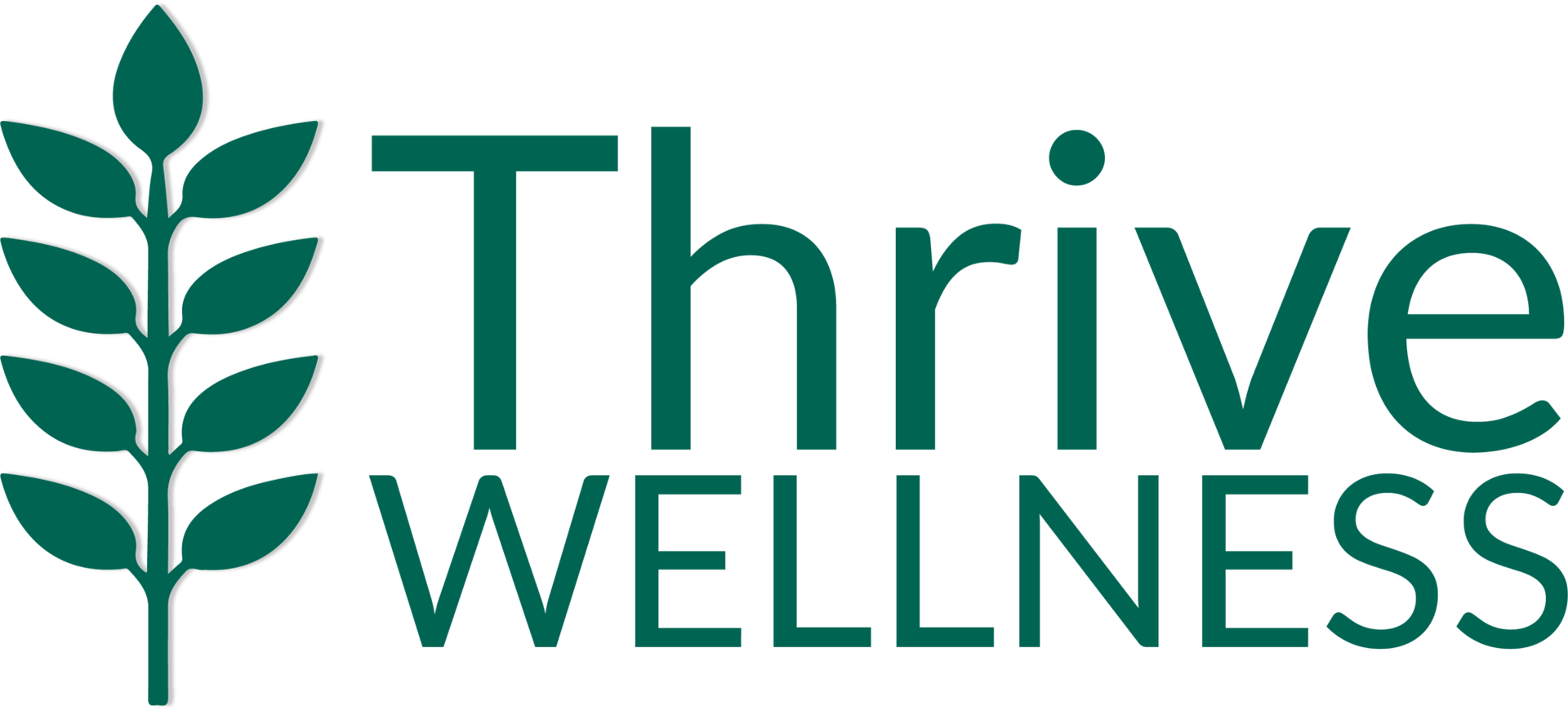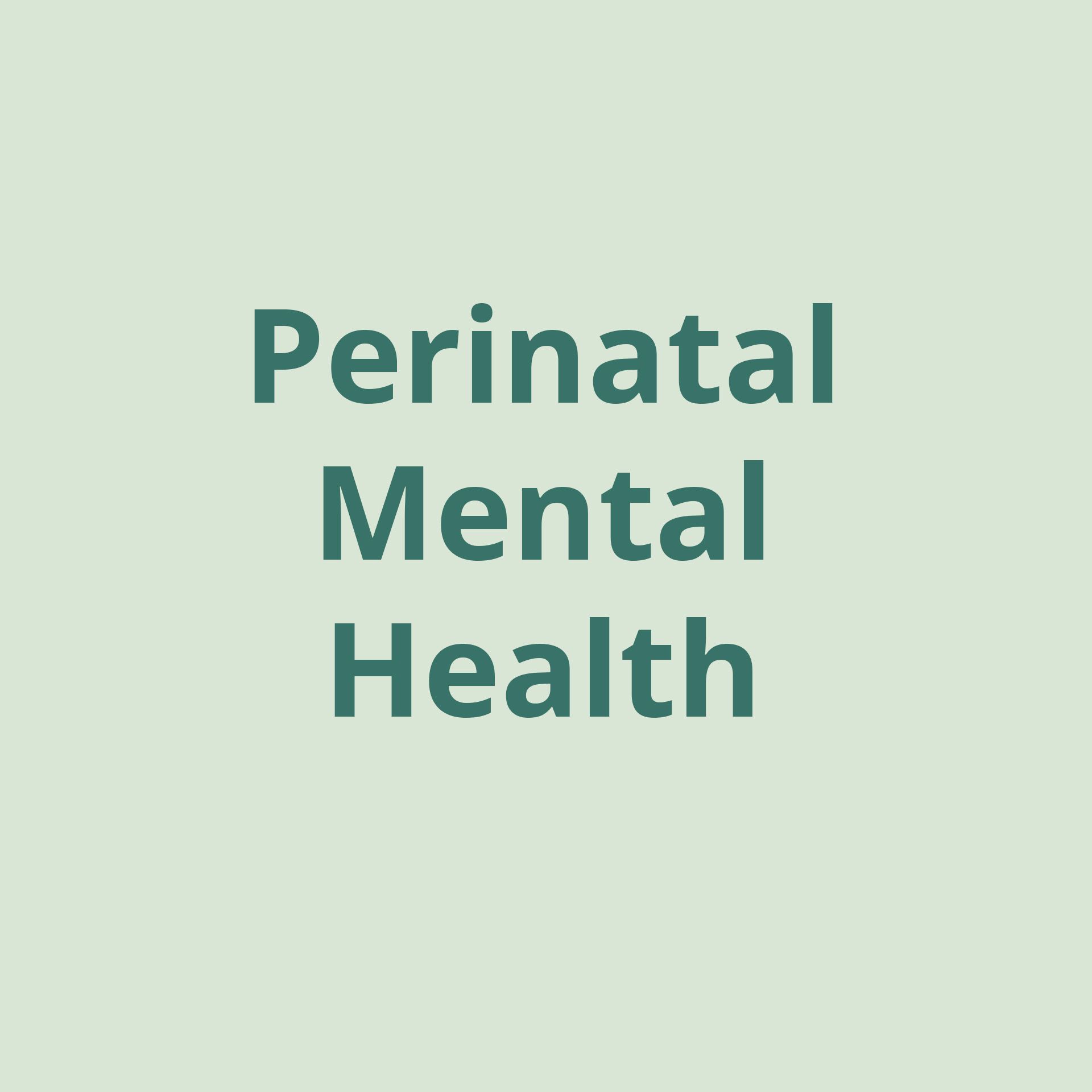Getting the Most Out of Health Insurance for Mental and Behavioral Health Care

As a new year approaches, many individuals have the opportunity to participate in Open Enrollment. During this time, it can be beneficial to understand your access to mental and behavioral health care coverage so you can make informed decisions that prioritize your well-being. Whether you are unsure of what mental and behavioral benefits your current provider offers or are actively trying to obtain coverage that includes these types of care, below is some helpful information about insurance to keep in mind.
MENTAL AND BEHAVIORAL HEALTH INSURANCE STANDARDS
Mental and behavioral health conditions can disrupt the intricate relationship between the mind, body, and spirit, resulting in significant impacts to overall well-being. So, conditions involving the mind and behavior patterns require specialized care from experts who grasp their complex nature. Fortunately, mental and behavioral health care are considered essential health benefits by the Affordable Care Act (ACA). This means that to be in accordance with the ACA, health insurance plans must cover mental and behavioral health care without spending limits. Furthermore, ACA-approved plans or “Marketplace” plans must also cover pre-existing mental and behavioral health conditions.
Marketplace plans must include coverage of:
- Behavioral therapy: Works to change unhealthy behavior patterns.
- Cognitive Behavioral Therapy (CBT): Teaches individuals to practice mindful awareness of unhelpful thought patterns and reframe them in a more positive way.
- Psychotherapy: Focuses on a broad range of mental and behavioral health conditions, such as anxiety, depression, and bipolar disorder.
- Counseling services: Targets specific struggles, such as stress management or addiction over a shorter period of time than psychotherapy.
- Group therapy: Allows individuals to be a part of a therapeutic group of people experiencing similar obstacles guided by a mental health professional.
- Treatments for substance use: May include sober living, outpatient, and inpatient treatment programs.
- Prescription medications: Can be used alongside therapy to aid mental and behavioral health challenges.
- Online tools: May include virtual care options and healthcare provider directories.
Understanding Parity and Common Breaches
In addition to these services, Marketplace plans must treat medical and mental health benefits with parity. As such, limits on mental health coverage cannot be more restrictive than limits on medical coverage.
Unfortunately, parity is often violated by insurance plans. Understanding common breaches can help prepare you to advocate for your mental and behavioral health treatment with your insurance provider so you can receive the care you deserve.
Below are just a few examples of such breaches:
- A plan allows fewer visits for mental health care than for other types of health care.
- A plan’s out-of-pocket costs for mental health care are higher than for different types of health care.
- A plan requires prior approval for mental health care but not for other types of health care.
- A plan won’t pay for mental health treatment that your mental health provider says you need.
- You cannot find an in-network mental health provider or schedule a timely appointment.
If you believe your plan is violating parity, you can file an insurance complaint and appeal care denials. The National Alliance on Mental Illness (NAMI) offers additional guidance for navigating health insurance and advocating for your needs.
ASK THE RIGHT QUESTIONS
If you’re uncertain about your current mental and behavioral health care benefits or shopping for new health insurance, you may want to ask the insurance provider some of the following questions:
- Is my mental health insurance provider different from my medical insurance provider?
- Do my benefits include coverage of outpatient and inpatient mental and behavioral health services?
- Do my benefits include coverage of nutrition therapy and occupational therapy?
- Are there any limitations to my mental and behavioral health coverage? For example, some insurance plans may limit the number of visits to certain health care providers.
- Are there any exclusions to my mental and behavioral health coverage? For example, some plans will only cover the treatment of certain diagnoses.
- Does my insurance require a referral or preauthorization for mental and behavioral health coverage?
Asking the right questions upfront can empower you with the knowledge necessary to take control of your mental and behavioral health care.
SUPPLEMENTARY MENTAL AND BEHAVIORAL HEALTH INSURANCE FEATURES
If you’re in the market for new health insurance, you may also consider whether certain mental and behavioral health care services are offered, such as:
- An emotional support line
- Mental health virtual care (also known as telemedicine)
- Access to mental health services without referrals
- Online mental health screening tools
- A directory of in-network therapists and psychiatrists
With 52.9 million U.S adults having experienced a mental illness in 2020 , services like the ones above are becoming more commonplace, making support for mental and behavioral health concerns more well-rounded, accessible, and financially feasible.
HELP WITH HEALTH INSURANCE AT THRIVE
Health insurance can be complicated, but Thrive Wellness can help make it simpler for you. Thrive is in-network with many major health insurance providers and also has the ability to secure single case agreements. Additionally, Thrive’s business office can work with you and your insurance provider to understand your benefits and advocate for your care while doing our best to obtain coverage for your treatment. Get in touch with us to begin your mental or behavioral health healing journey.
The post Getting the Most Out of Health Insurance for Mental and Behavioral Health Care first appeared on Thrive Wellness.








